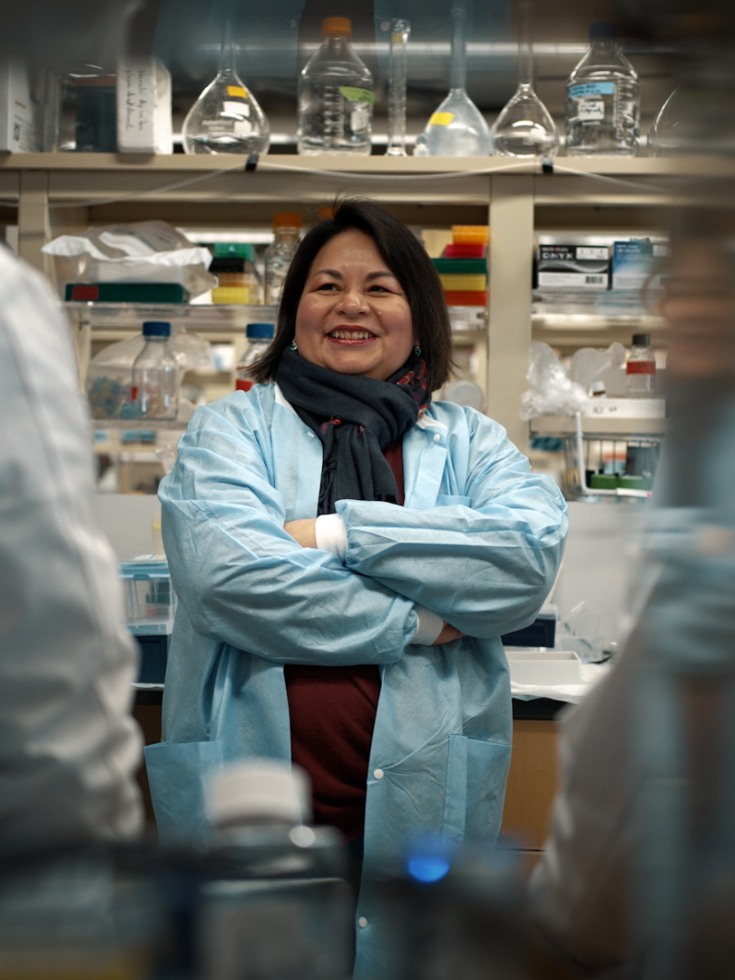The development of the brain is incredibly complex. It develops in utero, but continues forming and fine-tuning connections after birth. Therefore, the intrinsic genetic programs for brain development can be influenced by the environment. These factors are important as researchers strive to develop more personalized therapies for patients with autism spectrum disorders.
One of those researchers is Sofia B. Lizarraga, Ph.D., assistant professor in the Department of Molecular Biology, Cell Biology and Biochemistry. In 2022, when the opportunity came up to move her lab from the University of South Carolina to Providence, there were many reasons to say yes. At the top of that list was Brown’s Center for Translational Neuroscience.
Lizarraga has a history with Brown, including previous work as an investigator with Eric Morrow, Mencoff Family Professor of Biology, and a long-standing collaboration with Judy Liu, Sidney A. Fox and Dorothea Doctors Fox Professor of Ophthalmology and Visual Science.
“There is an amazing group of talented researchers here that are pushing the frontiers of translational studies,” says Lizarraga. “It was really important to be in an environment where there were other researchers studying rare genetic disorders and looking at the development of the cerebral cortex—the part of our brains that really makes us who we are.”
